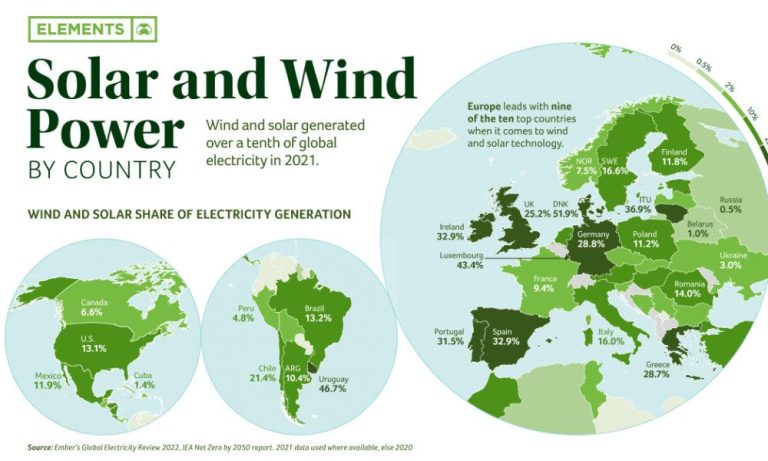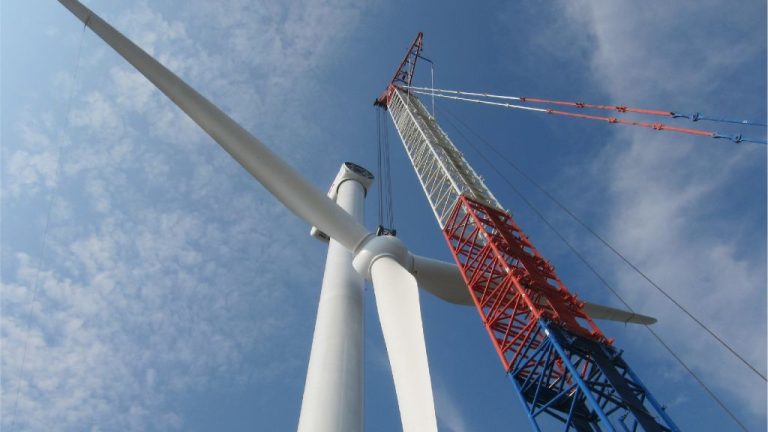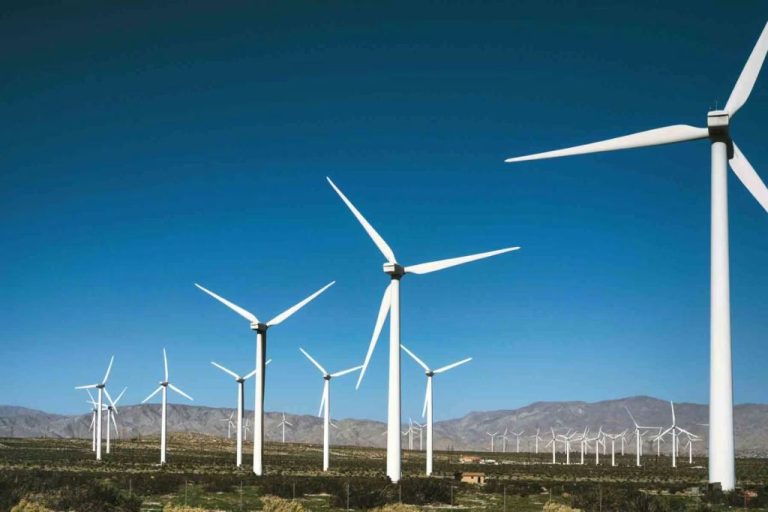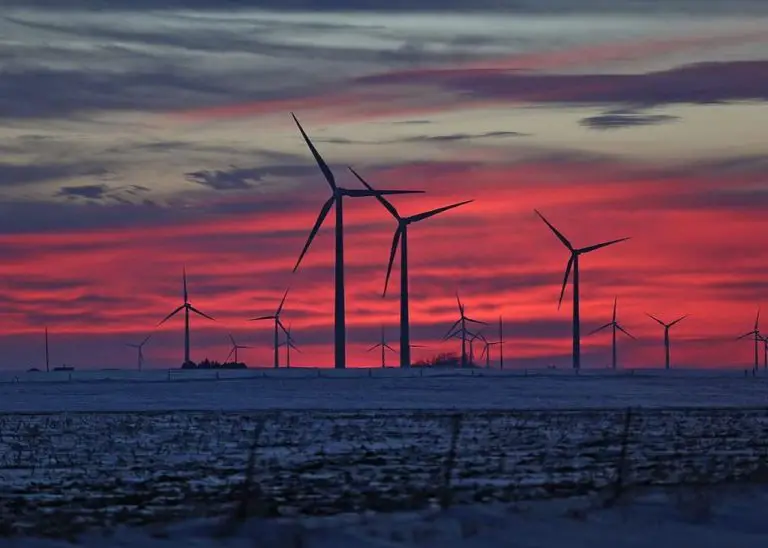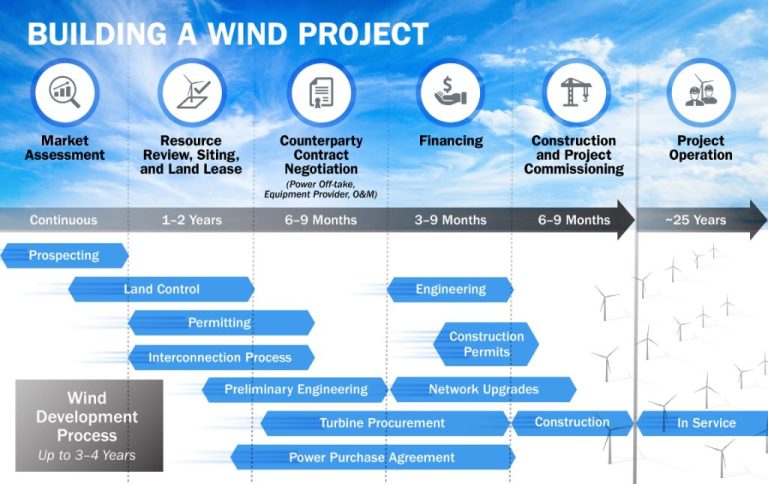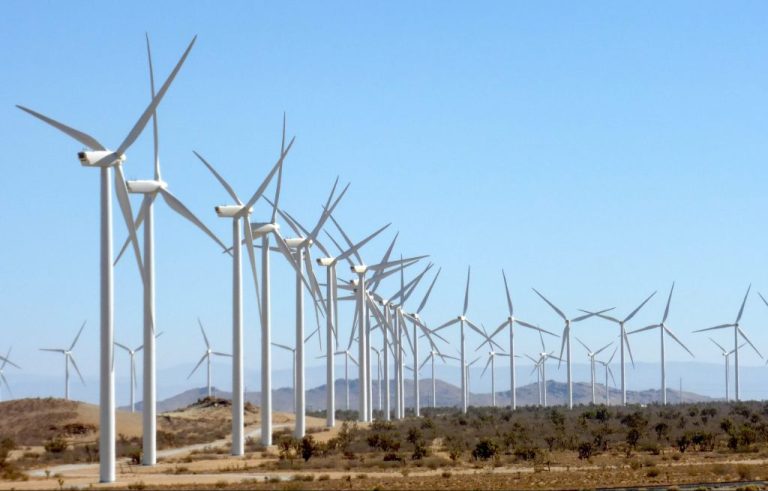How Strong Are Wind Powers?
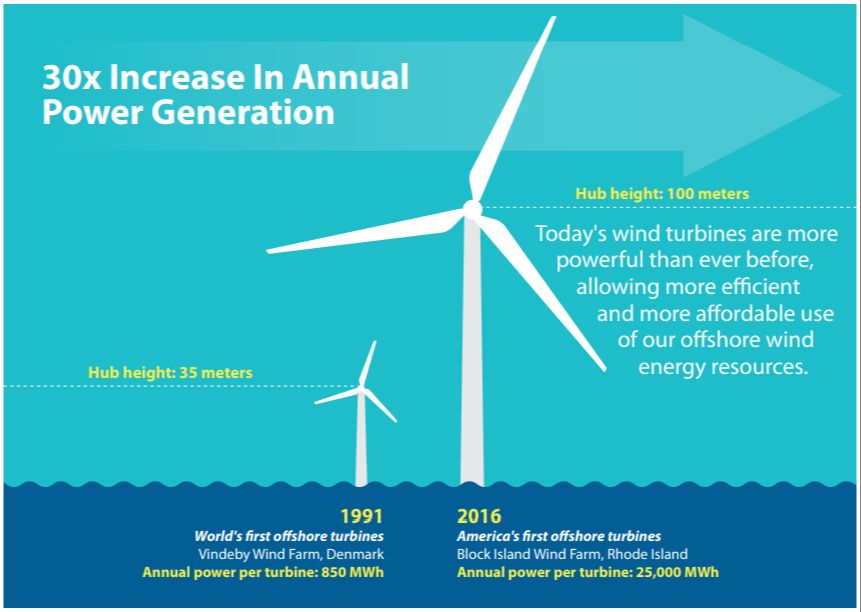
Wind power has been used for thousands of years, with the earliest known use being the sailboat in ancient Egypt around 3,200 B.C. People started using windmills to grind grain over a thousand years ago. The first windmills were developed in Sistan, Iran in the 9th century. Vertical axis windmills were introduced in Europe in the 12th century, and horizontal axis windmills became widespread by the 14th century. These early windmills were an important source of energy for tasks like pumping water or grinding grain.
In the late 19th century, wind turbines started being used to generate electricity. One of the first was built in Scotland in 1887 by Professor James Blyth. His 10-meter high turbine powered his holiday home. In the early 20th century wind turbines generating electricity started appearing in Denmark, Germany and the United States. But after World War II, most electricity was generated by fossil fuels which limited further wind power development until the 1970s energy crisis. Concerns over energy security and supply sparked new interest in renewable energy like wind power. Since the 1980s, commercial wind farms have been installed around the world at an accelerating pace.
Wind Power Capacity
According to the Global Wind Energy Council (GWEC), the total global wind power capacity reached 837 GW by the end of 2022, up from 743 GW in 2021. This represents a 12% increase in installed capacity over the previous year. The top countries for total installed wind power capacity include China, the United States, Germany, India and Spain. China alone accounted for almost half of the newly added wind power capacity in 2022, reaching over 346 GW total.
Wind power capacity has grown substantially over the past decade. In the 5 years between 2017-2022, global installed wind power doubled from around 400 GW to over 800 GW. The GWEC expects continued strong growth in wind power installations globally, with projections to reach over 2,400 GW by 2030. Key growth markets going forward include China, the United States, India and Brazil. However, wind power is expanding to new markets as well, with emerging growth in regions like Southeast Asia, Africa and Latin America.
Wind Power Generation
Wind energy sources accounted for nearly 7.33 percent of electricity generation worldwide in 2022, up from a 6.6 percent share a year earlier (Source). This continues an upward trend, as global wind power capacity has grown rapidly over the past decade. According to the International Energy Agency (IEA), wind power produced over 1,228 terawatt-hours (TWh) of electricity globally in 2020, meeting around 6% of total electricity demand that year (Source).
Looking ahead, projections estimate wind power generation will continue expanding its share of the global electricity mix. The IEA predicts wind could provide more than one-third of the world’s electricity by 2040 if governments accelerate investments to meet sustainability goals. Realizing this potential will require deploying larger turbines offshore and onshore across new markets worldwide.
Wind Turbine Sizes
The size of wind turbines varies greatly depending on their power capacity and location. Typical utility-scale wind turbines range in size from about 1.5 to 4 megawatts (MW). The diameter of the rotor (the rotating part with the blades) on most modern turbines ranges from about 80 to 140 meters across (260 to 460 feet).
The trend has been toward larger wind turbines in order to capture more wind energy. Larger turbines are able to generate more electricity at lower costs. The world’s largest wind turbine is the Haliade-X model designed by GE Renewable Energy, with a capacity of 12 MW. This massive offshore wind turbine has a rotor diameter of 220 meters (722 feet), with each of its 107-meter long blades (351 feet) sweeping an area larger than the size of a football field.
According to this article, the Haliade-X will start generating electricity off the coast of England in 2023. The size of these cutting-edge mega-turbines demonstrates the rapid scaling up of wind power technology and capabilities in recent years.
Wind Turbine Locations
Wind turbines can be located both onshore and offshore. Onshore wind turbines are located on land, while offshore wind turbines are located in bodies of water, usually oceans, lakes, or rivers.
Some of the top regions for onshore wind power generation in Italy include Apulia, Campania, Basilicata, Calabria, and Sicily. Apulia in particular stands out with around 2,500 wind turbines producing over 2,500 MW of energy. The region benefits from steady winds coming off the Adriatic Sea.
Offshore wind also shows great potential in Italy, especially in the Strait of Sicily which separates Sicily from Tunisia. Studies indicate it could support up to 5,000 offshore wind turbines producing around 40,000 MW of energy. Other offshore regions like the Adriatic and Ionian Seas are also suitable for wind power generation.https://www.brandseo5054.it/Multiseo-energie-alternative-en/2/seo/discover-the-ideal-locations-for-wind-farms-in-italy-m1ggv4-1d-5p2d5y6d7n/
Wind Power Costs
According to the Energy Department’s Land-Based Wind Market Report, the average price for wind turbines in 2021 was $800–$950 per kilowatt (kW). They further note that the average installed cost for wind projects that year was approximately $1,500 per kW, a decrease from previous years. The reduction in costs is attributed to factors like improved technology and increased turbine sizes.
Another Energy Department report shows wind turbine prices declined significantly from their 2008 high to around $700–$850 per kW in 2019. Overall trends indicate continued cost reductions in wind energy as technology advances. For example, researchers predict offshore wind costs could fall by about 60% by 2030.
Compared to other electricity sources, wind power is quite affordable. The average levelized cost for land-based wind power plants entering service in 2021 was around $37 per megawatt-hour (MWh). This is competitive with natural gas and lower than solar power.
Wind Power Benefits
Wind power provides numerous benefits, foremost being that it is a clean and renewable source of energy. Wind turbines produce electricity without emitting air pollutants or greenhouse gases. According to the Gwec article Benefits of Wind Power, wind energy helps address climate change and improves air quality.
Wind power also enhances energy independence and security. Countries with significant wind resources can utilize wind to meet domestic energy needs without relying as heavily on imported fossil fuels. Local wind power means greater control over meeting energy demands.
In addition, wind power creates jobs and spurs local investment. Wind turbine manufacturing, construction, maintenance, and supporting services employ people and bring investment to rural communities in particular. According to the Acciona article What are the benefits of wind power?, wind industry jobs help strengthen local economies.
Challenges to Widespread Adoption of Wind Power
While wind power has many advantages, there are also some significant drawbacks and challenges that have prevented more widespread adoption of wind energy.
Intermittency Issues
One major disadvantage of wind power is that it is an intermittent energy source, meaning it is not available on demand and its energy output varies based on weather conditions and wind patterns. The wind does not blow consistently throughout the day and can stop blowing at any time. This intermittency makes it difficult to integrate large amounts of wind power into the electric grid and match supply with demand [1].
Land Use Conflicts
Modern wind turbines and wind farms take up large areas of land. The construction of wind farms has sometimes faced opposition from local communities and groups concerned about the impact on landscapes, views, wildlife, and land use conflicts with other industries like agriculture and tourism [2].
Wildlife Impacts
The operation of wind turbines can negatively impact birds and bats through collisions or habitat disruption. Careful wind farm siting and improved turbine design can help mitigate these wildlife impacts [2].
Future Outlook
The future outlook for wind power is very positive. According to the Renewable Energy Institute, wind power is expected to supply over one-third of the world’s electricity needs by 2050, becoming the foremost source of power generation globally (Renewable Institute, 2023). Many experts predict wind will continue to be one of the fastest growing renewable energy sources over the next few decades.
This growth will be driven by continued technology improvements leading to greater efficiency and capacity factors for wind turbines. Larger rotors, taller towers, improved materials, and more advanced control systems will enable wind turbines to capture more energy and generate more electricity from the same amount of wind. Offshore wind will also expand dramatically, aided by floating foundations that allow turbines to be installed in deeper waters further from shore (TRC Companies, 2023). Overall, the future is very bright for wind power to play an integral role in the global transition to renewable energy.
Conclusion
In this article we explored the increasing capacity and generation of wind power around the world. We looked at the massive scale of modern wind turbines, with heights over 200 meters and capacities over 10 megawatts. Wind farms are being rapidly built onshore and offshore to capture the free and renewable power of the wind.
While wind power is intermittent, it helps diversify electricity systems and displace fossil fuel generation. The costs of wind power have fallen dramatically in the last decade, making it competitive with fossil fuels in many markets. With no fuel costs, wind power can provide stable and affordable electricity for decades.
Wind will continue to play a crucial role in decarbonizing the world’s energy supply and fighting climate change. With technological improvements and supportive policies, wind power can keep scaling up to provide an increasing share of clean and renewable electricity globally.

